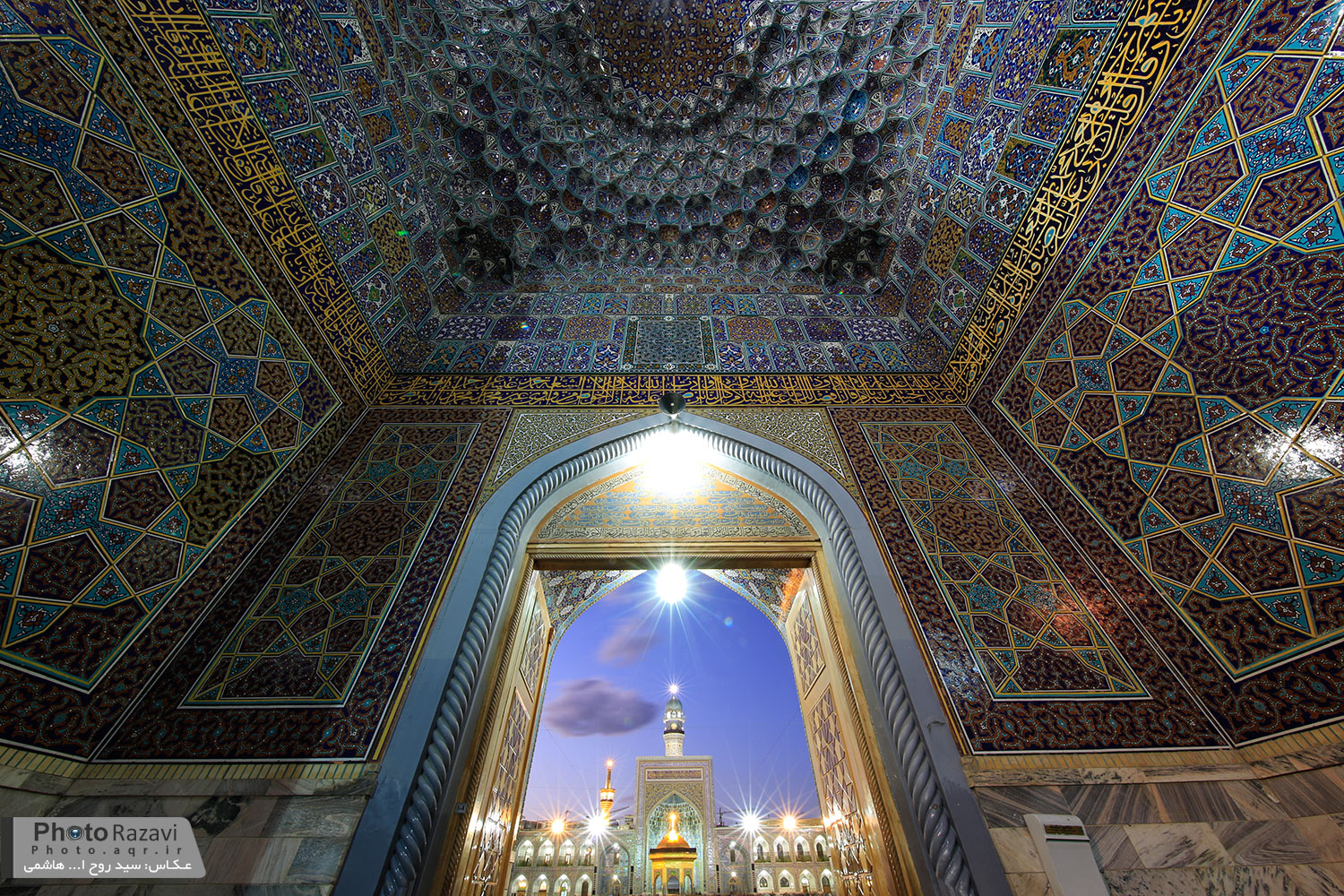
Who was Imam Reza (AS)?
Ali ibn Mūsā ibn Ja‘far, was the seventh descendent of the holy Prophet Mohammad (PBUH&F), making him the eighth Imam of Shia Muslims. Ali ibn Musa is commonly known by the title Imam Reza, which means "one who is contented with God". He is also referred to as Imam-e-Hashtom (Persian title meaning the Eighth Imam), Imam-e-Ra'ouf (Arabic title meaning the most kind), Imam-e-Zāmen (Arabic title meaning the guarantor), or Imam-e-Ghareeb (Arabic title meaning a stranger in the land).
He was born in Medina to Imam Musa al-Kazim (PBUH), and his mother, who was renowned religious scholar and devout Muslim, is thought to be of African lineage. After the martyrdom of Imam Musa (PBUH), Imam Reza become the divinely appointed Imam of the Shia and his rule lasted 20 years, until he was martyred by the Abbasid caliph, Mā'mun ibn Harun.
Why Imam Reza (PBUH) came to Khorasan
Imam Reza’s (PBUH) seat of leadership was in Medina; however, the Abbasid caliph Māmun was scheming to win the trust of the Shia Iranians and so he plotted to lure Imam Reza (PBUH) to Marv, Greater Khorasan (Māmun's seat of rule) by announcing Imam Reza (PBUH) as his successor and then disposing of him when he no longer needed him. Of course, the Imam was wise to the scheme and refused the invitation, but in the end, the Imam was forcibly brought to this area, which eventually ended in his martyrdom.
Marv was an ancient city situated in present day Turkmenistan that dates to before the birth of Prophet Jesus (PBUH). It was one of four cities in Greater Khorasan and the seat of government from the Sasanian dynasty (start: 224 CE) to the end of the Abbasid caliphate (end: 867 CE).
While in Marv, Imam Reza (PBUH) took the opportunity to present Shia Islam to the masses and thus, numerous religious and scientific discourses were held between Imam Reza (PBUH) and scholars of other sects, religions, and atheists as well as scientific scholars. All of the historical debates have been preserved in the grand Āstan-e-Quds Central Library. Based on these historical documents, we can get a clear picture of Imam Reza's (PBUH) exceptional knowledge and brilliant personality.
The overwhelming charisma and display of knowledge of the Imam and the all the positive attention given to the Imam by the people made Māmun even more jealous and fearful of him. Hence, the Imam became a danger to him that had to be disposed of as soon as possible. Initially, Imam Reza (PBUH) was imprisoned in Sarakhs city, near Marv in present day Khorasan Razavi province, and then he was taken to Sanabād village and imprisoned in the palace of Humaid bin Qahtaba, the governor of Khorasan. When the time was right, Māmun ordered that his grapes be laced with lethal poison and he suffered a painful and slow death. Thus was the end of this great scholar and the Shia's eighth Imam, but little did Māmun realize the great effect Imam Reza (PBUH) had on the hearts of the people. Imam Reza (PBUH) was buried at the head of the grave of Mamon’s father, the caliph Haroon al-Rasheed in the castle of the governor of Khorasan. However, as word spread of the innocent Imam's martyrdom, the lovers of the Imam, of all sects and religions, began to travel far and wide to make pilgrimage to his grave. Thus, Sanabad village grew into the present day metropolis of Mashhad.

